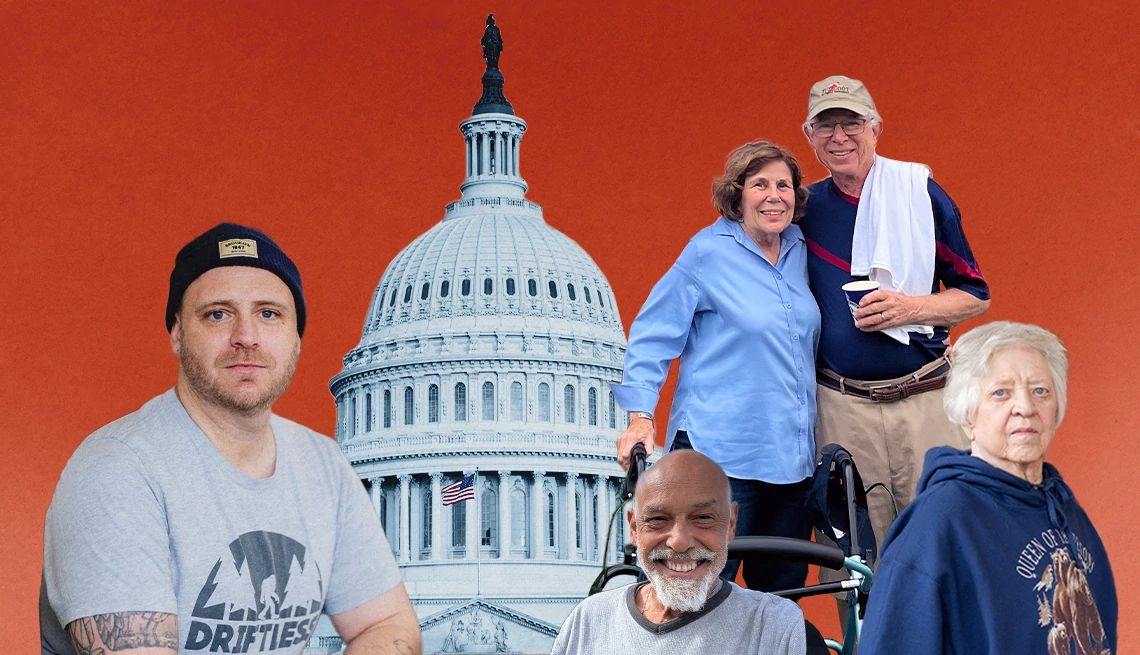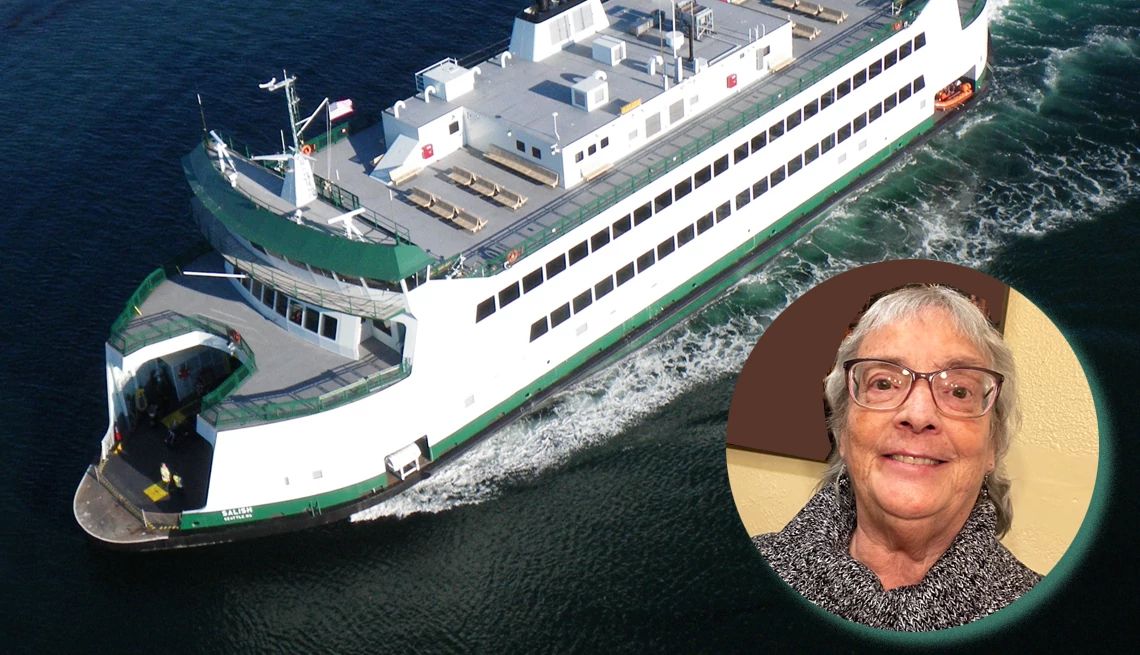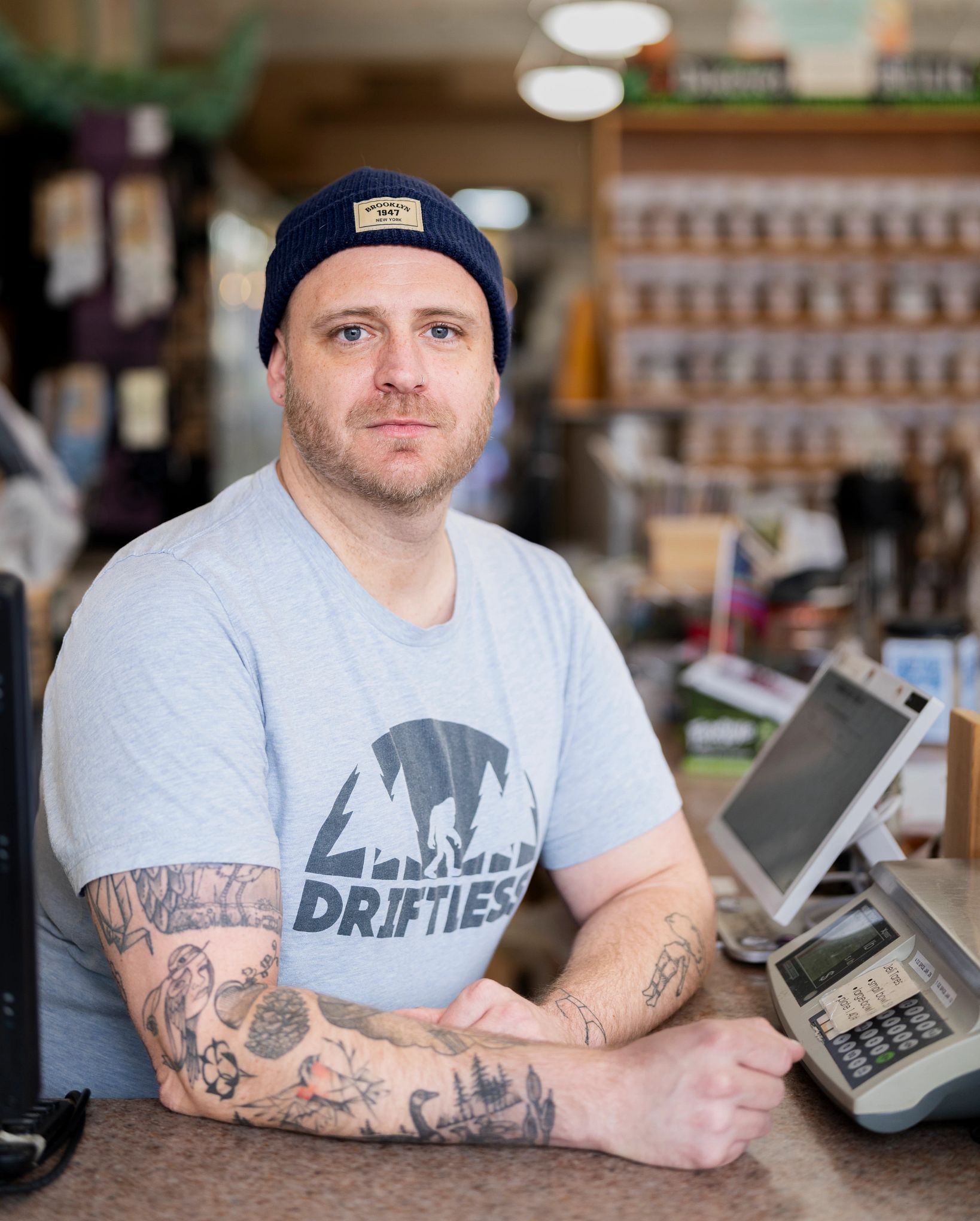AARP Hearing Center


A recently retired federal worker in Florida is postponing plans because she’s not sure when her pension will arrive. A Wisconsin grocer was forced to stop accepting food aid, though he’s letting some older regulars use IOUs. A 79-year-old who lives on an island near Seattle is braving the trip to the mainland after Medicare’s telehealth benefit lapsed.
The ripple effect of a federal government shutdown that has dragged on for weeks is being felt across the country, reaching into the everyday lives of older Americans. Stalled government services and scores of federal workers being furloughed means canceled plans and a lot of uncertainty.
The shutdown began Oct. 1, when Congress missed the deadline to pass a funding bill. Now older adults are starting to see that a government not operating at full capacity poses risks to health care, benefits, travel and financial security. Social Security and Medicare payments, however, are still going out as usual.
Here’s how older Americans are beginning to feel the effects.


Telehealth lapses along with government funding
Carol Sharpe, 79, lives on a remote island in the Puget Sound, just north of Seattle. Surrounded by peaceful hills and pristine beaches, the retired paramedic is miles away from the bustle of urban life. She’s also miles away from the doctors who treat her asthma.
“It’s at least an hour-and-a-half ride,” says Sharpe, of her journey to her allergist. “Sometimes it’s a ferry ride. Sometimes we take the one and only bridge off the island, which takes a good two hours or more if it’s congested.”
For years, Sharpe has been able to avoid that long trek for most of her appointments and meet with her doctor virtually instead, thanks to ongoing pandemic-era Medicare waivers that cover telehealth appointments. Now, due to the shutdown, she’ll have to make her visit in person.
Join Our Fight to Protect Older Americans
Here’s what you can do to help:
- Sign up to become an AARP activist for the latest news and alerts on issues you care about.
- Find out more about how we’re fighting for you every day in Congress and across the country.
- AARP is your fierce defender on the issues that matter to people 50-plus. Become a member or renew your membership today.
Introduced in March 2020 to help keep older adults at home and away from COVID-19, the Medicare waivers opened a much wider range of telehealth services to enrollees, including routine checkups and prescription refills. The virtual appointments proved widely popular, so the government allowed the coverage to continue through a series of extensions.
But the latest extension expired on Sept. 30. Congress failed to reach an agreement to renew it, and the government shut down, so the benefit abruptly lapsed for many older Americans. AARP is urging Congress to make the pandemic-era Medicare telehealth changes permanent.
Sharpe’s next telehealth appointment with her allergist was slated for November, but when she called the office to check whether it would still be covered by her Medicare insurance, she was told it would not be, unless she attended in person, she says. The out-of-pocket cost to keep it virtual would be roughly $145.
Sharpe estimated that the cost of gasoline, a ferry ticket and other travel expenses to get to an in-person appointment would be less than $145, so she plans to make the trek in November.
She is thankful she can still drive, but “it’s traumatizing for someone who lives rurally, who’s not used to the traffic, to get on a big highway and travel into the city, into that milieu, for a doctor’s appointment,” she says. “It’s not something you take lightly.”


Grocery store can’t certify SNAP benefits
Royal Palmer’s Driftless Market & Deli in the college town of Platteville, Wisconsin, serves older local shoppers on fixed incomes and those who rely on food aid to afford nutritious meals.
It’s a point of pride for Palmer and his family, who run the store, to serve the diverse needs of the community. But lately, because of the government shutdown, that has been a challenge.
Palmer, 39, has been unable to renew his store’s retailer license with the U.S. Department of Agriculture (USDA), which allows the market to accept benefits under the Supplemental Nutrition Assistance Program (SNAP).
Calls to the service hotline are being met with an automated voicemail saying no new applications are being processed or updated until the government reopens. The USDA says in its shutdown guidance that most federal workers who cover food and nutrition services are furloughed until a budget deal is reached.






































































More From AARP
Would a Shutdown Delay Social Security?
Some services would be affected, but benefit payments would go on
How a Government Shutdown Would Affect Medicare
Recipients would still get care. Some services could slow, end
Impact of a Government Shutdown on Services
Learn about the impact on federal benefits and services crucial to older Americans